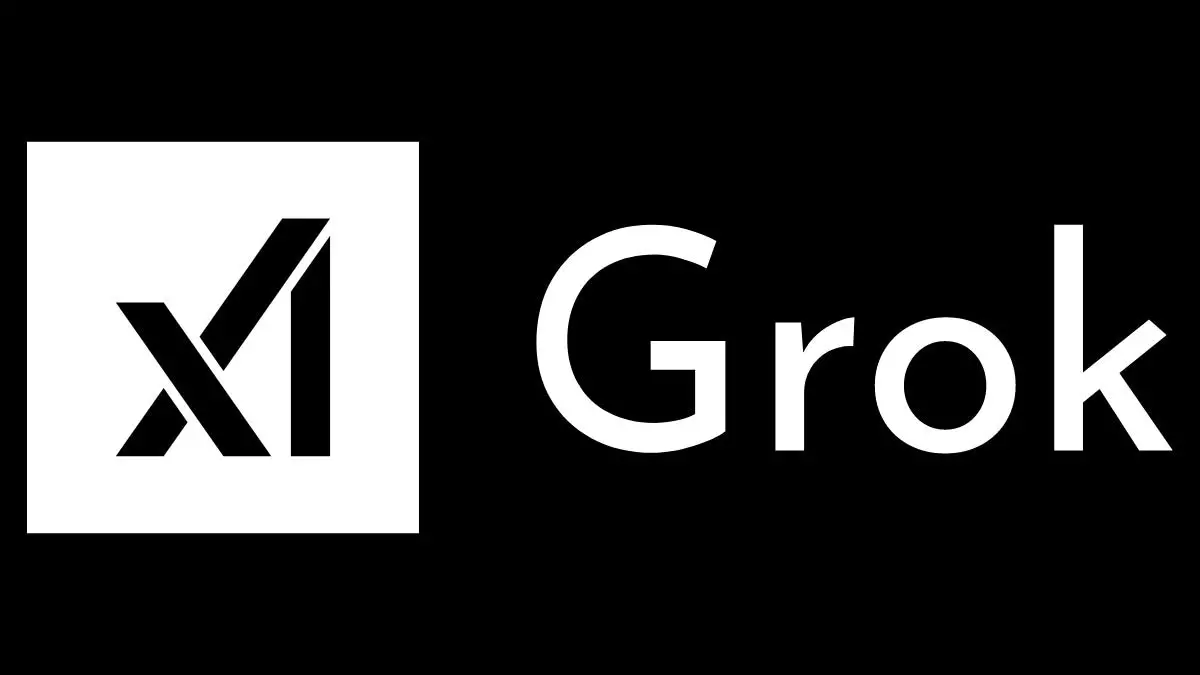In the ever-evolving realm of artificial intelligence, few names evoke as much curiosity and intrigue as Elon Musk. His latest venture, xAI, recently introduced a new AI image generation tool named Aurora. This latest offering was designed to integrate seamlessly into Grok, a platform that combines social media dynamics with cutting-edge AI technologies. Unlike its predecessor, Flux—developed externally by Black Forest Labs—Aurora was developed internally by xAI, signifying a strategic move towards self-reliance in tech innovation.
On a seemingly routine Saturday, Aurora made its debut, prompting a flurry of activity among users who eagerly shared images they created using the new tool. However, amidst the excitement, Musk himself confirmed the model’s existence through a casual post on X, the platform formerly known as Twitter. He noted the tool is in the beta phase, yet expressed confidence in its rapid improvement. This casual confirmation encapsulates Musk’s unique approach to communication and marketing—embracing a culture of immediacy and engagement that aligns perfectly with social media’s landscape.
The Feature and Its Abrupt Withdrawal
Initial excitement over Aurora was short-lived, as many users reported that the feature vanished just hours after its introduction. Speculation arose regarding the reasons behind this decision. One common theory suggests that the abrupt withdrawal was due to the model’s loose guardrails, particularly its capacity to generate controversial images of public figures. For instance, reports surfaced of Aurora producing an image of former President Donald Trump with a compromising depiction, raising ethical implications and concerns regarding the tool’s oversight.
The incident underscores a critical aspect of AI development: the ethical considerations surrounding the deployment of such technologies. The absence of robust guidelines can lead to unintended consequences, which in turn may have compelled xAI to retract Aurora quickly.
Despite users actively engaging with Aurora, a conspicuous lack of transparency overshadowed its launch. xAI has not released any official information regarding the model’s architecture, training methods, or even the data sources utilized in its development. This omission raises a broader question about accountability and transparency within the AI industry. In a field where ethical dilemmas are rampant, understanding the inner workings and decision-making processes of AI models is paramount.
Moreover, the absence of clarity on whether Aurora was solely an in-house initiative or a collaboration with third-party firms adds to the growing clouds of uncertainty. The dynamic nature of AI, paired with the pressures of public perception, complicates the narrative of technology adoption in society.
Feedback from users regarding Aurora has been varied. While some embraced the tool’s capability to generate photorealistic images quickly, others raised concerns about the implications of generating media featuring identifiable public figures without permission. It shines a light on the dual-edged sword that is modern technology: the power to create and the potential for misuse. The rapid production and sharing of digital content underscore both the possibilities and responsibilities that accompany new advancements in AI.
The community’s reaction emphasizes the necessity for platforms like Grok to establish frameworks and ground rules that limit the potential for harmful content generation. Ensuring that AI tools operate within ethical boundaries is crucial to fostering a positive technological ecosystem.
As xAI navigates the aftermath of Aurora’s rollout, there are essential lessons to be learned. First and foremost, the need for clear communication from tech firms regarding new tools cannot be overstated. Users deserve a comprehensive understanding of what they are engaging with, especially concerning the ramifications of AI-generated content.
Secondly, as the AI landscape continues to mature, a strong emphasis on ethical guidelines must be prioritized. The intersection of creativity and accountability will dictate the future of AI technology in society. Aurora’s transient presence reminds us not only of the promise offered by AI innovations but also of the need for vigilance in monitoring their impact on public discourse and personal privacy.
While Aurora’s launch may have been fleeting, it has undeniably sparked conversations on the implications and responsibilities that accompany advancements in artificial intelligence. The future of such technologies hinges on balancing innovative potential with ethical foundations, ensuring that creativity fosters progress rather than conflict.


Leave a Reply